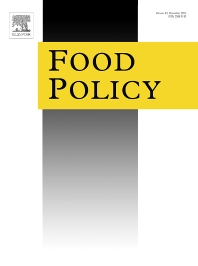Food Policy, the journal I have the privilege and the pleasure of co-editing with my Bologna colleague Mario Mazzocchi, has a new special issue which should be of interest to readers of this blog.
The topic is “Agriculture in Africa–Telling Myths from Facts,” the special issue was guest edited by the World Bank’s Luc Christiaensen, and there is a lot of good stuff in there if you are working on agricultural development. And the best part is that it is all open access thanks to the Bill & Melinda Gates Foundation.
Here is the table of contents:
